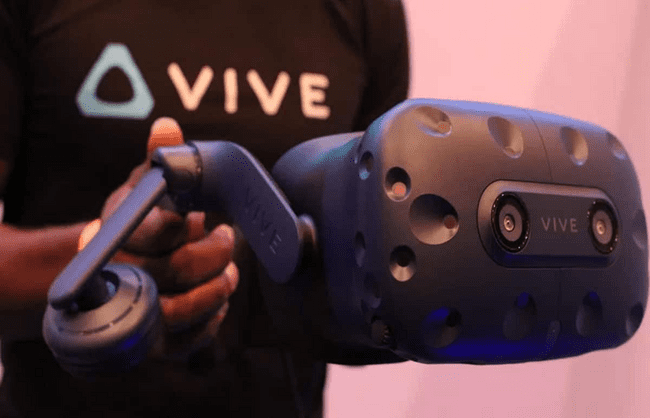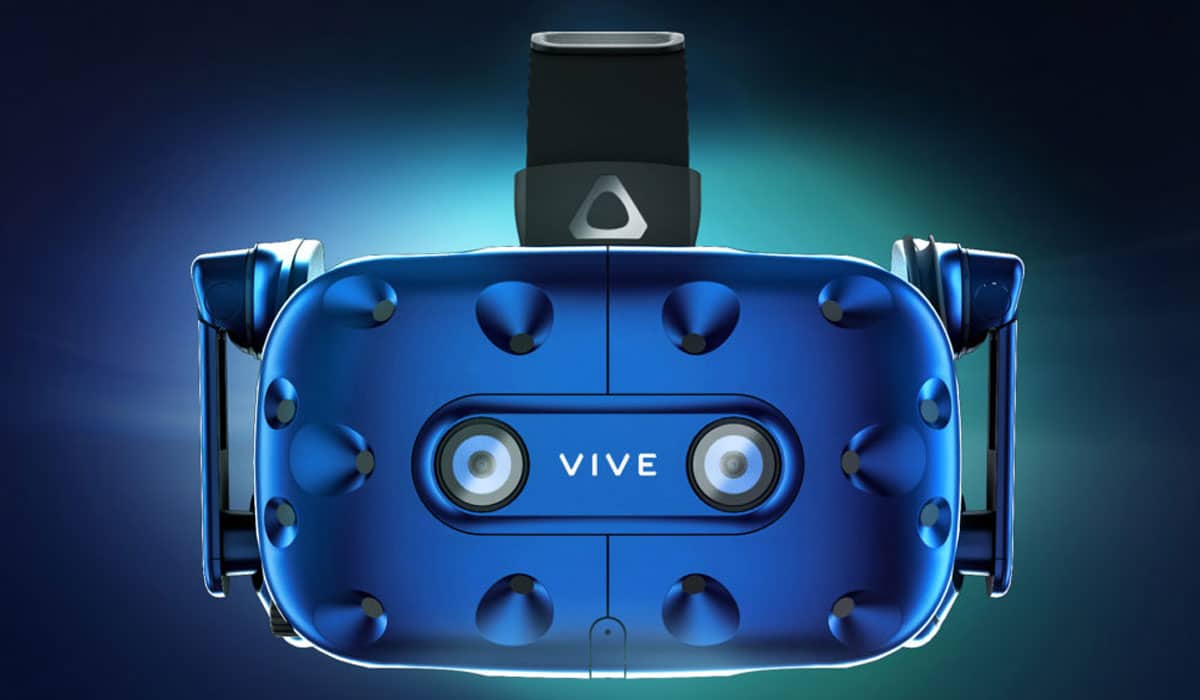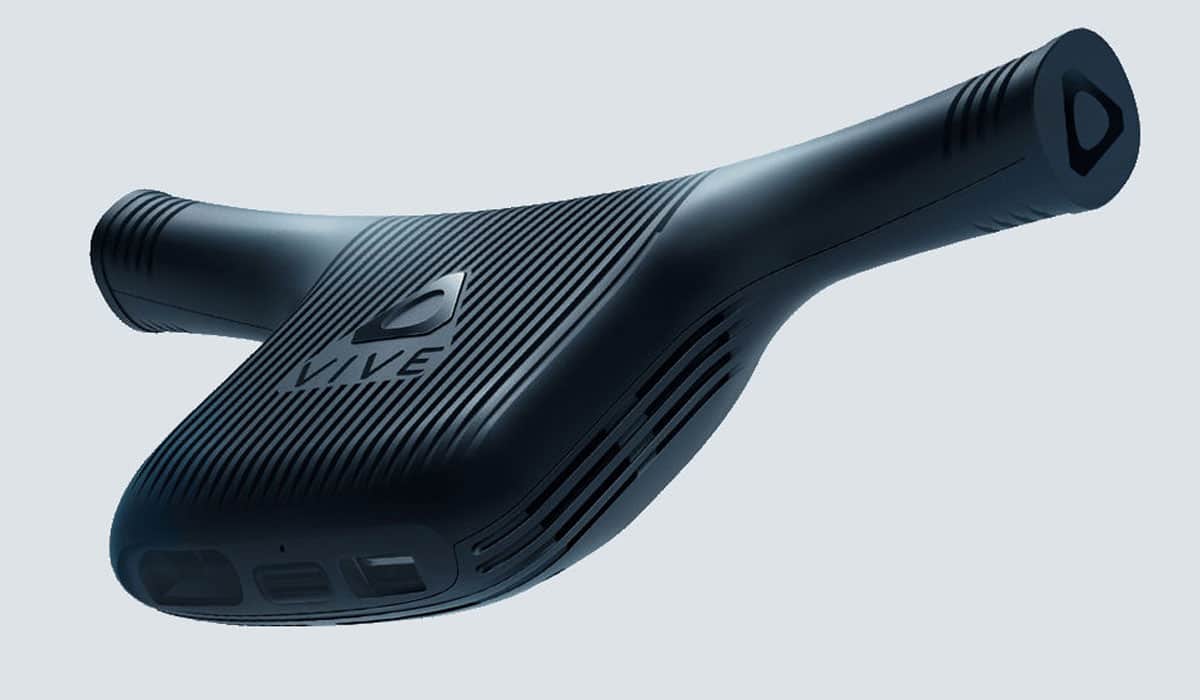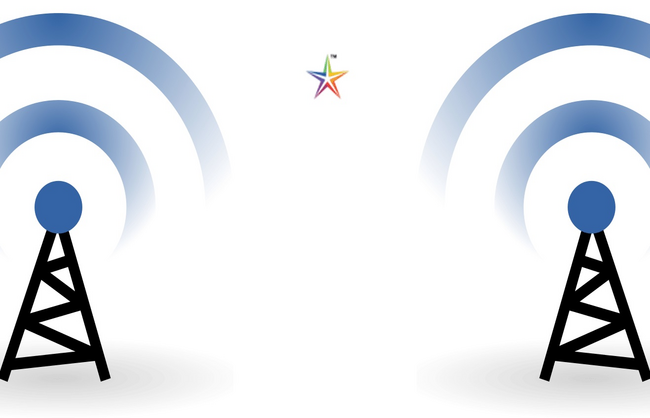HTC 1 announces Vive Pro and VR wireless adapter

The VR headset race is heating up as HTC teased their latest of offerings at CES 2018.
While Facebook has chosen to introduce a more affordable model of the Oculus Rift to appeal to the masses with their Oculus Go, HTC has instead opted to focus their efforts on producing a beefed up version of their HTC Vive that not only tackles many of the perceived flaws of the original, but also significantly improving the device’s resolution and adding key new features.
Labeled the HTC Vive Pro, this new generation headset is targeted towards premium users, and is part of the company’s efforts of distinguishing itself as a high end VR company, in order to appeal towards that specific niche. Like the Vive, the Pro will allow users of the VR headset to surround themselves in digital worlds – real or virtual – as they explore locations or play their favorite RPGs, first person shooters, puzzles or even games for real money.
While rumored to be outselling the Oculus Rift by a margin of 2-1, the Taiwanese company has been forced to rebrand themselves as a luxury alternative to the PS VR or Oculus Rift, as it’s need to focus on hardware margins makes it hard for them to compete against rivals who have cut prices aggressively and are selling the units at a loss.
The Vive Pro therefore aims to makes a number of upgrades that will help HTC set their headsets apart from the competition by delivering a superior, if not more affordable, product.

Picture Source: https://www.vrfocus.com/
As shown in CES 2018, Vive Pro will boast a combined resolution of 2880 x 1600 (1400 x 1600 per eye, and 615 ppi) using dual OLED screens, marking a reported 78% increase in pixel density over the 2160×1200 (1080 x 1200 per eye) display of the current generation headset – and ahead of the Oculus Rift. According to HTC, the upgrade in resolution will drastically help in presenting more compelling graphics and sharper text to VR enthusiasts.
It will also feature a new headstrap that features “enhanced ergonomics” and will let users adjust the Vive Pro headset to fit their heads more easily and better distribute weight so that it doesn’t feel too front heavy, a common complaint with the current system. This addresses one of the complaints of the original Vive was that it was difficult to adjust and heavy by adding a sizing dial.
Other improvements to the headset include integrated headphones and dual microphones with active noise cancellation, which will help to prevent users from the need of wearing an additional pair of headphones on top of the device – a big complaint of the original model.
The headset itself is now blue, and its design is certainly less clunky than the original Vive. It also features the addition of dual front-facing cameras, designed with game developers in mind as they can use them to add features to their games.
Vive Pro was confirmed to be backwards compatible with both 1.0 and 2.0 SteamVR tracking, and you can use up to four base stations for room tracking on the new device.
HTC did not yet specify when the headset will be available for purchased, what the cost will be, or if the improved VR headset would need a more powerful computer to operate than the current Vive headset does. It is rumored, however, that the headset will be arriving in stores sometime this quarter.
HTC Vive goes wireless

Picture Source: http://images.fonearena.com/
While the announcement of the Vive Pro was big news for VR gamers, what will surely turn the most heads about the new device was the announcement that it will feature a wireless adaptor that will let its users stream content completely wirelessly using Intel’s WiGig technology.
But that’s not the best part: This feature will also be available as a wireless adapter for the current generation HTC Vive, allowing its users to go fully wireless.
HTC promises low “latency and better performance” using the 60Ghz wireless band. This is expected to provide the best performance possible, as this technology avoids all of the issues cited by users of HDMI cables as ruining the experience.
While it certainly sounds like the ideal scenario for VR gameplay, there is no word yet as to how much the adaptor will cost. The Vive Wireless Adapter will be available in the third quarter of 2018.
Improving content platforms
Finally, HTC also announced big improvements to their Viveport VR app store, which is designed to get users off SteamVR and into purchasing games from their own platform. In order to lure users away from Steam, they will now offer “VR Previews” which let Vive owners trial content with a room-scale preview of what they will buy before they make their purchase or subscribe.
Finally, HTC announced that they have also established a VR movie partnership with Vimeo, which is expected to give users plenty of video content to explore in the coming years.





